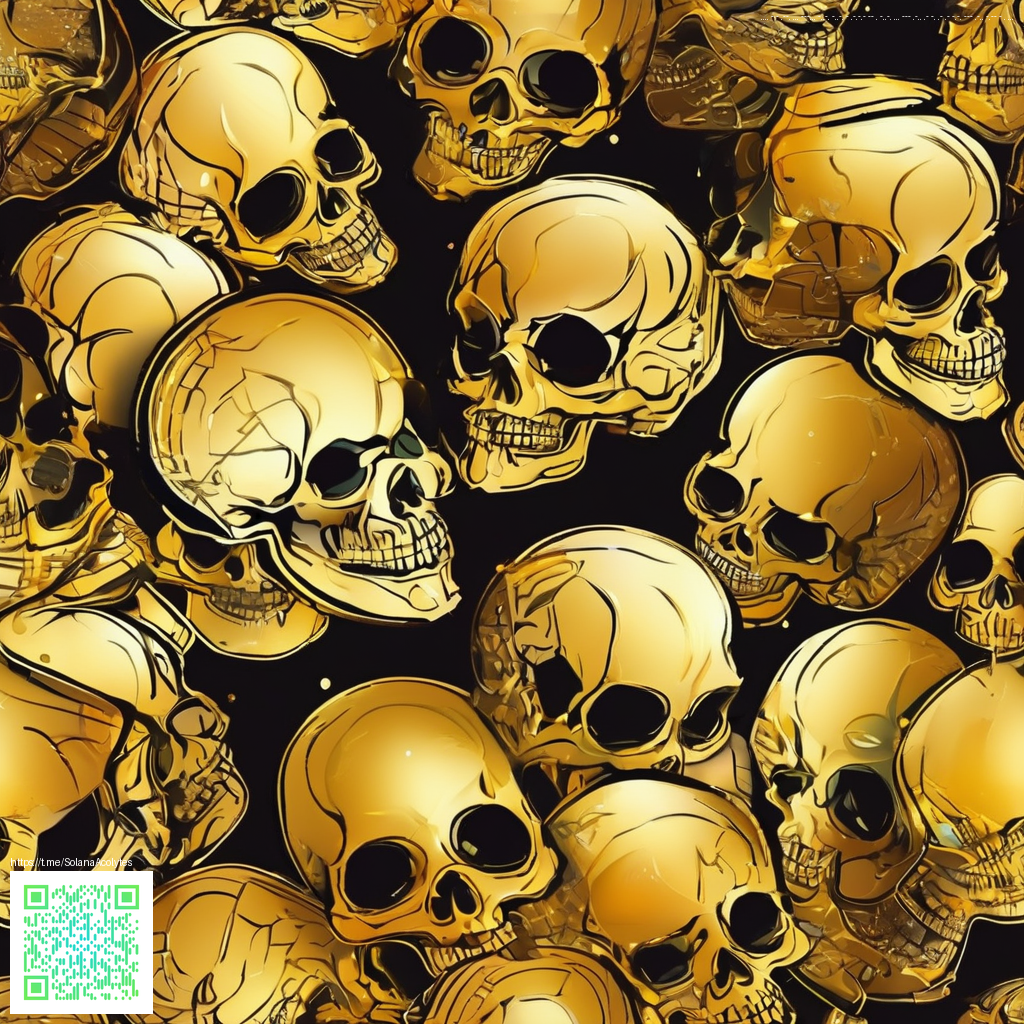
Creating Realistic Kraft Paper Digital Textures for Design Mockups
If you’ve ever wanted a tactile, warm backdrop for branding, product photography, or UI design, kraft paper textures remain a go-to choice. In the digital realm, these textures must look authentic while remaining versatile enough to tile, color-tint, and integrate with various design assets. This article dives into how to craft convincing kraft paper digital textures from scratch and how to apply them in practical projects—without losing the cozy, organic feel that makes kraft paper so appealing.
Texture is the bridge between the physical and the digital. A well-made kraft texture can transform a flat screenshot into a believable, tactile scene.
Key elements of a convincing kraft texture
- Grain and fibers: Real kraft paper shows uneven grain and visible fibers. Capturing these irregularities in your texture prevents it from feeling flat or synthetic.
- Color warmth: The classic kraft range sits in warm browns and tans. Slight variations prevent a monotone appearance and emulate natural paper aging.
- Imperfections: Subtle specks, creases, and edge wear add authenticity. These marks should be present but not overpowering.
- Seamlessness: For web backgrounds or product mockups, a seamless tile is essential so the texture can repeat without obvious seams.
Workflow: from capture to seamless texture
Bringing kraft textures from a real-world source into the digital workspace involves a few deliberate steps. Below is a practical workflow you can adapt to your favorite software—Photoshop, Procreate, or GIMP. The goal is to preserve natural warmth while enabling easy tiling and editing later on.
- Source or synthesize base: Start with either a scanned kraft sheet or a high-resolution photograph. If you don’t have a scan, a high-quality photo with close focus works well as a base texture.
- Convert to grayscale for structure (optional): Desaturate to emphasize grain, then reintroduce color selectively through a warm photo filter or color balance to retain that kraft look.
- Enhance grain and fibers: Use a high-pass or texture filter to accentuate fibers, then blend with an overlay layer to preserve nuance without amplifying noise.
- Color-tune for warmth: Add a subtle brown/tan tint. Gentle gradients help simulate natural aging or batch variation.
- Remove seams with tiling in mind: Offset the image by half its width and height, then fix any obvious seams with the clone stamp or healing brush. Repeat until edges blend naturally.
- Add controlled imperfections: Introduce tiny specks, faint creases, and occasional ink marks. Keep these elements sparse so they read as natural rather than imposed.
- Save and test: Save as a tileable PNG or create a repeatable pattern in your design tool. Always test the texture by tiling it at the largest expected display size.
For inspiration and practical application, you can explore a related showcase page that demonstrates how kraft-like textures can complement product photography and branding: https://001-vault.zero-static.xyz/0adc568c.html.
In the wild, designers often blend kraft textures with modern products to achieve a contemporary-but-warm aesthetic. Take, for example, a neon-themed case study where a product like the Neon Slim Phone Case for iPhone 16 benefits from a kraft-inspired backdrop to ground its glossy finish in tangible materiality. Such combinations demonstrate how texture choices influence perceived quality and usability in branding and packaging photography.
Beyond photography, these textures shine in UI design, packaging mockups, and social media assets. Use a warm kraft texture as a soft, yet distinctly tactile background for dashboards, product thumbnails, or article headers. Layer with a subtle vignette or drop shadow to anchor them visually, then apply a gentle color overlay to align with your brand palette. The result is a cohesive, inviting aesthetic that feels both handcrafted and modern.
As you experiment, consider how your texture interacts with lighting and print media. A texture that looks compelling on screen can behave differently in print, where ink absorption and paper stock influence the final look. If you’re presenting to clients, include both digital proofs and mockups printed on kraft-toned stock to illustrate versatility and realism.